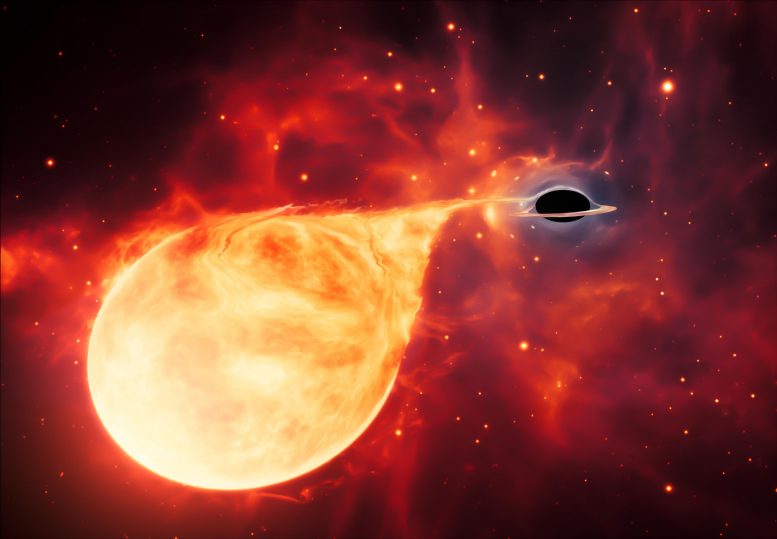
This artist’s impression depicts a star being torn apart by an intermediate-mass black hole (IMBH), surrounded by an accretion disc. This thin, rotating disc of material consists of the leftovers of a star that was ripped apart by the tidal forces of the black hole. Credit: ESA/Hubble, M. Kornmesser
New data from the NASA/ESA Hubble Space Telescope has provided the strongest evidence yet for mid-sized black holes in the Universe. Hubble confirms that this “intermediate-mass” black hole dwells inside a dense star cluster.
Intermediate-mass black holes (IMBHs) are a long-sought “missing link” in black hole evolution. There have been a few other IMBH candidates found to date. They are larger than stellar-mass black holes formed by the collapse of massive stars but smaller than the supermassive black holes that lie at the cores of large galaxies. This new black hole is over 50,000 times the mass of our Sun.
IMBHs are hard to find. “Intermediate-mass black holes are very elusive objects, and so it is critical to carefully consider and rule out alternative explanations for each candidate. That is what Hubble has allowed us to do for our candidate,” said Dacheng Lin of the University of New Hampshire, principal investigator of the study.
Lin and his team used Hubble to follow up on leads from NASA’s Chandra X-ray Observatory and the European Space Agency’s X-ray Multi-Mirror Mission (XMM-Newton), which carries three high-throughput X-ray telescopes and an optical monitor to make long uninterrupted exposures providing highly sensitive observations.
“Adding further X-ray observations allowed us to understand the total energy output,” said team member Natalie Webb of the Université de Toulouse in France. “This helps us to understand the type of star that was disrupted by the black hole.”
In 2006 these high-energy satellites detected a powerful flare of X-rays, but it wasn’t clear if they originated from inside or outside of our galaxy. Scientists attributed it to a star being torn apart after coming too close to a gravitationally powerful compact object, like a black hole.
This is an animation of a rare and exotic intermediate-mass black hole at the center of a star cluster, similar to the one thought to be at the center of globular cluster Messier 15. Studying these unusual black holes could tell us about how such objects grow and evolve within both star clusters and galaxies. Credit: NASA, ESA, and M. Kornmesser
Surprisingly, the X-ray source, named 3XMM J215022.4-055108, was not located in the center of a galaxy, where massive black holes normally reside. This raised hopes that an IMBH was the culprit, but first another possible source of the X-ray flare had to be ruled out: a neutron star in our own Milky Way galaxy, cooling off after being heated to a very high temperature. Neutron stars are the extremely dense remnants of an exploded star.
Hubble was pointed at the X-ray source to resolve its precise location. Deep, high-resolution imaging confirmed that the X-rays emanated not from an isolated source in our galaxy, but instead in a distant, dense star cluster on the outskirts of another galaxy — just the sort of place astronomers expected to find evidence for an IMBH. Previous Hubble research has shown that the more massive the galaxy, the more massive its black hole. Therefore, this new result suggests that the star cluster that is home to 3XMM J215022.4-055108 may be the stripped-down core of a lower-mass dwarf galaxy that has been gravitationally and tidally disrupted by its close interactions with its current larger galaxy host.
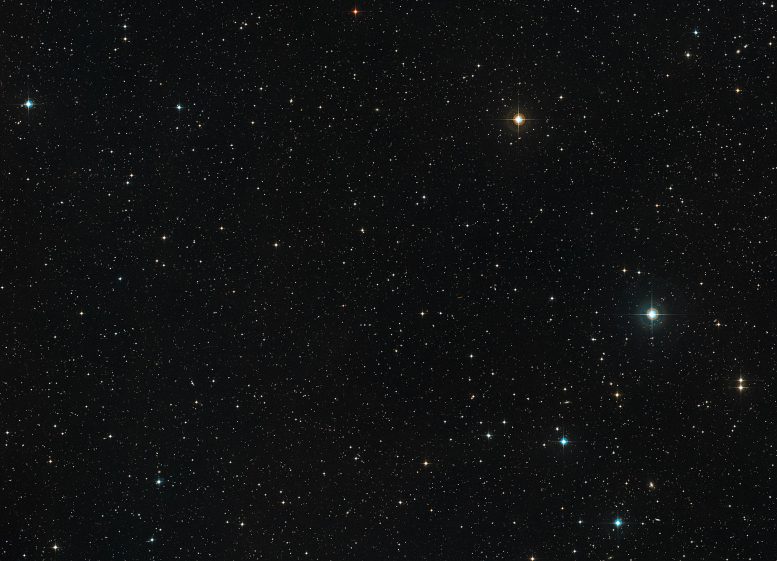
Wide-field image around the field of J2150-0551 (ground-based view), in which an intermediate-mass black hole named 3XMM J215022.4-055108 has been detected. Credit: NASA, ESA, Digitized Sky Survey 2. Acknowledgment: Davide De Martin
IMBHs have been particularly difficult to find because they are smaller and less active than supermassive black holes; they do not have readily available sources of fuel, nor do they have a gravitational pull that is strong enough for them to be constantly drawing in stars and other cosmic material and producing the tell-tale X-ray glow. Astronomers, therefore, have to catch an IMBH red-handed in the relatively rare act of gobbling up a star. Lin and his colleagues combed through the XMM-Newton data archive, searching hundreds of thousands of sources to find strong evidence for this one IMBH candidate. Once found, the X-ray glow from the shredded star allowed astronomers to estimate the black hole’s mass.
Confirming one IMBH opens the door to the possibility that many more lurk undetected in the dark, waiting to be given away by a star passing too close. Lin plans to continue this meticulous detective work, using the methods his team has proved successful.
“Studying the origin and evolution of the intermediate-mass black holes will finally give an answer as to how the supermassive black holes that we find in the centers of massive galaxies came to exist,” added Webb.
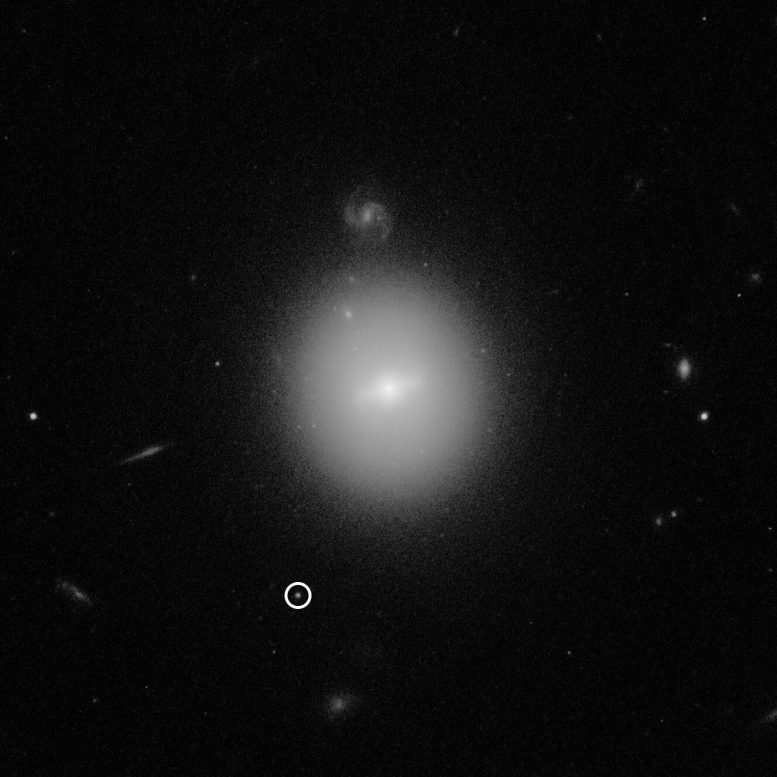
This Hubble Space Telescope image identified the location of an intermediate-mass black hole (IMBH), weighing over 50,000 times the mass of our Sun (making it much smaller than the supermassive black holes found in the centers of galaxies). The black hole, named 3XMM J215022.4-055108, is indicated by the white circle. This elusive type of black hole was first identified via a telltale burst of X-rays emitted by hot gas from a star as it was captured and destroyed by the black hole. Hubble was needed to pinpoint the black hole’s location in visible light. Hubble’s deep, high-resolution imaging shows that the black hole resides inside a dense cluster of stars that is far beyond our Milky Way galaxy. The star cluster is in the vicinity of the galaxy at the center of the image. Much smaller images of distant background galaxies appear sprinkled around the image, including a face-on spiral just above the central foreground galaxy. This photo was taken with Hubble’s Advanced Camera for Surveys. Credit: NASA, ESA, and D. Lin (University of New Hampshire)
Black holes are one of the most extreme environments humans are aware of, and so they are a testing ground for the laws of physics and our understanding of how the Universe works. Does a supermassive black hole grow from an IMBH? How do IMBHs themselves form? Are dense star clusters their favored home? With a confident conclusion to one mystery, Lin and other black hole astronomers find they have many more exciting questions to pursue.
See Hubble Finds “Missing Link” Black Hole Tearing Apart a Star That Passed Too Close for more on this discovery, as well as another video.
Reference: “Multiwavelength Follow-up of the Hyperluminous Intermediate-mass Black Hole Candidate 3XMM J215022.4-055108” by Dacheng Lin, Jay Strader, Aaron J. Romanowsky, Jimmy A. Irwin, Olivier Godet, Didier Barret, Natalie A. Webb, Jeroen Homan and Ronald A. Remillard, 31 March 2020, Astrophysical Journal Letters.
DOI: 10.3847/2041-8213/ab745b

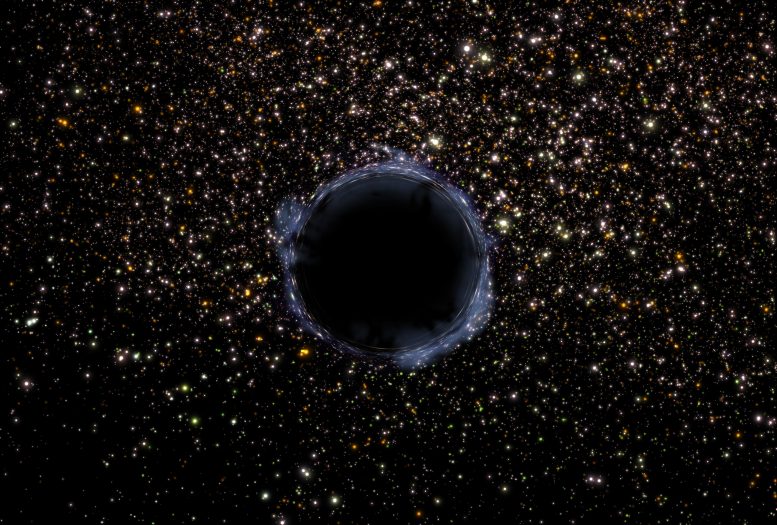
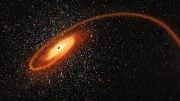



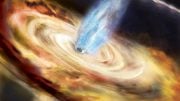
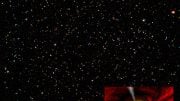

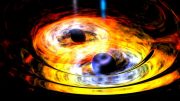
Will all of the black holes eventually merge and consume everything in the universe?
Actually, the ONLY thing black holes consume anywhere in the universe is research money, but they do consumer a lot of that.
Probably not. The current measurements show that the expansion of the universe is accelerating, and so everything – galaxies and black holes with them – will spread apart.
“Black holes are one of the most extreme environments humans are aware of, and so they are a testing ground for the laws of physics and our understanding of how the Universe works. ”
No, black holes totally violate the laws of physics. That’s why they are used to explain pretty much anything these people want them to, they don’t have to conform to physical “reality” as we experience or know it, so they’re the ultimate cosmic joker card, an “infinity” fudge factor used whenever they need them to shore up their beliefs. As an exercise, just look at all the articles on black holes you can find, and see all the crazy things they can supposedly do. And here’s the key: the more detailed the questions you ask about them, the more ridiculous they become, especially when you just keep asking how the things they’re said they do are done. Black holes can only exist as general catch alls, and don’t hold water when required to give very specific, detailed answers as to how they came to be, how they continue to exist, how they do all the different things we’re told they do, etc.
Charlie, here’s the article. Please be patient with me, I’m learning how to send this stuff